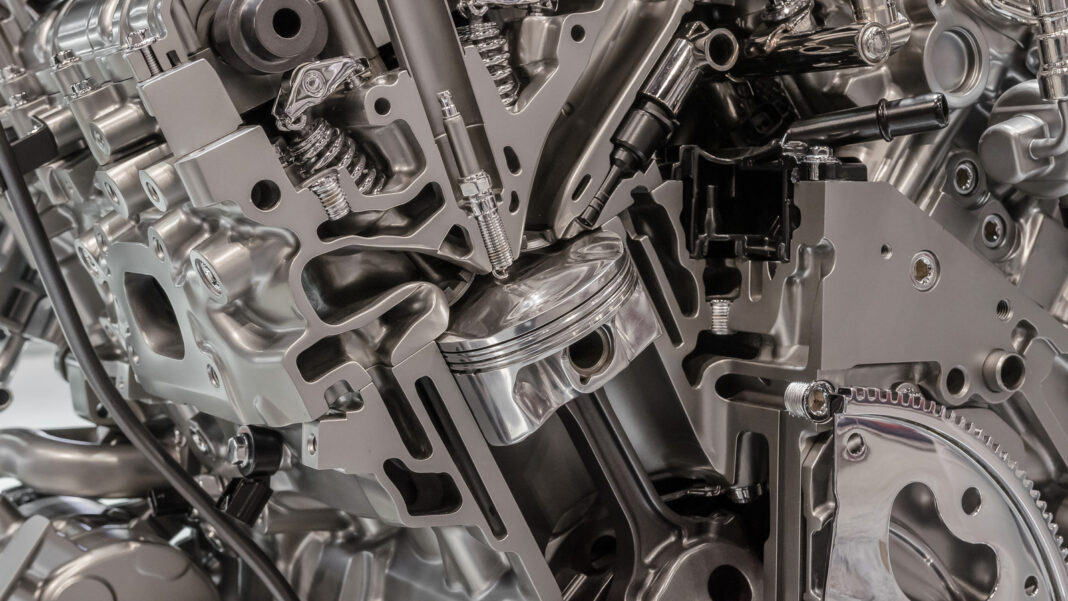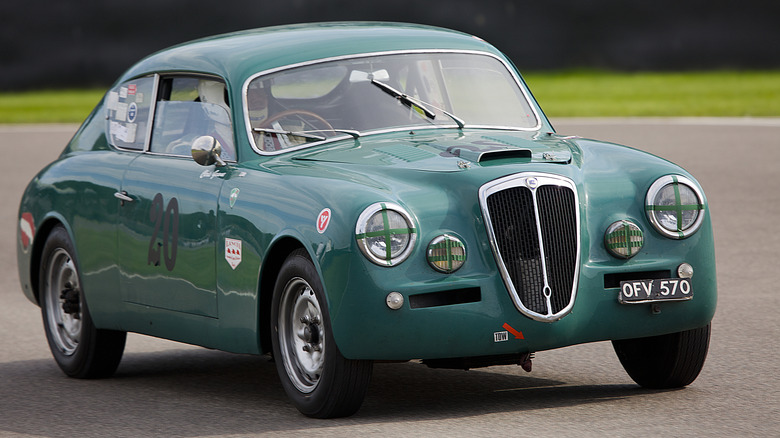Throaty, high-pitched, and full of personality, the V6 engine has powered millions of cars around the world for over seven decades. This architecture has given rise to some of the most iconic models in history, including Ferrari’s Dino, the Nissan GT-R, and the DeLorean DMC-12. It’s even used to upgrade humble sedans, like the Toyota Camry V6 version. The V6 has proven a hugely successful mass-market choice, with GM’s Buick 3800 V6 alone selling more than 25 million units. The design originated from modest beginnings, born of Italian engineering ingenuity and the vision of a man who played a key part in the growth of legendary Italian carmaker Lancia.
Lancia already had a V4 engine in its lineup, but the company was eager to eliminate the vibrations that plagued it. Engineer Francesco De Virgilio was tasked with creating a compact engine that was both powerful and smooth. His answer was the V6, a design he began developing in the early 1940s before it was finally introduced in 1950. De Virgilio had joined the Italian automaker in 1939 and later moved to the test department, where he worked alongside famed designer Vittorio Jano.
The six-cylinder engine had a 60-degree design for even firing intervals. The first iteration of the engine was a 1.8-liter unit, which came with six crankpins and twin valves per cylinder. It wasn’t setting the roads ablaze as it put out a meager 56 hp, significantly less than the inline six-cylinder engines of that time period. For example, the Maserati 1.5-liter engine in the A6 is said to have produced 65 hp. The Lancia engines, however, did become more powerful over the years.
What Car Got the First V6 Engine?
The company decided to plonk their brand-new V6 in the beautiful Lancia Aurelia, a car that was first introduced as a sedan called the B10. It was followed by the B20, a GT coupe, and later a spider version dubbed the B24. Lancia built over 18,000 units of the Aurelia between 1950 and 1958, with the likes of legendary racer Juan Manuel Fangio among the few to own the car. The car was initially built by Italian design house Ghia, while another celebrated coachbuilder, Pininfarina, produced some cars as well.
The Aurelia earned some racing pedigree when the car, a year after its launch, won the Sestriere Rally and the Dolomites Cup, while finishing second in the famed Mille Miglia race in the same year. More success followed in 1952 — the same year that the new race team, Scuderia Lancia, was formed. The coupe version of the Aurelia finished sixth and eighth overall in the legendary Le Mans race. The new V6 engine proved successful on the racetrack, and Lancia continued to develop the powerplant, introducing 2.0-liter, 2.3-liter, and 2.5-liter versions that evolved from the original 1.8-liter design. The 2.0-liter produced a healthy 75 hp, while the larger 2.5-liter engine more than doubled the original 56 hp from the 1.8-liter engine, delivering an impressive 118 hp.
The Aurelia was eventually replaced by the Flamina, which featured an evolution of the V6 engine, in 2.5-liter and 2.8-liter guises. When production ceased in 1970, it also spelled the end of the first-ever V6 as Lancia moved on to using engines made by other manufacturers after the company was acquired by Fiat.

